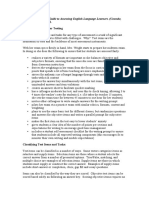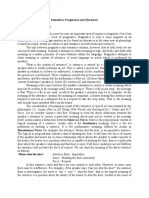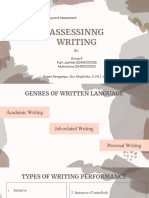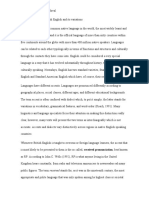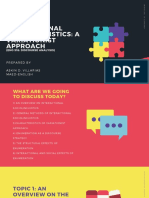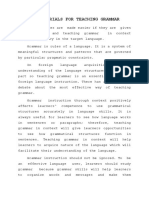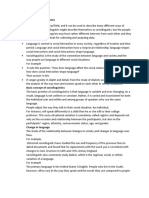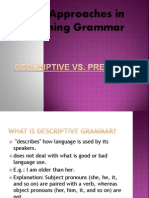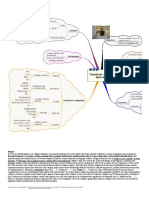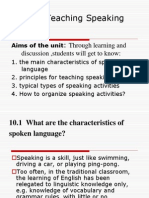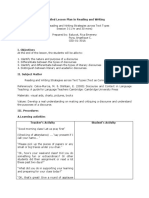0% found this document useful (0 votes)
219 views17 pagesUnderstanding Discourse Types
The document discusses five main types of discourse: narrative, description, persuasive, argumentative, and expository. Narrative involves telling a story, description uses sensory details, persuasive aims to convince readers, argumentative puts forth a logical argument supported by facts, and expository delivers information about a subject. Discourse types are identified by examining the writer's purpose, main idea, language used, and organizational structure. A piece of writing may contain multiple types but one is usually dominant.
Uploaded by
keishawna barracksCopyright
© © All Rights Reserved
We take content rights seriously. If you suspect this is your content, claim it here.
Available Formats
Download as PPT, PDF, TXT or read online on Scribd
0% found this document useful (0 votes)
219 views17 pagesUnderstanding Discourse Types
The document discusses five main types of discourse: narrative, description, persuasive, argumentative, and expository. Narrative involves telling a story, description uses sensory details, persuasive aims to convince readers, argumentative puts forth a logical argument supported by facts, and expository delivers information about a subject. Discourse types are identified by examining the writer's purpose, main idea, language used, and organizational structure. A piece of writing may contain multiple types but one is usually dominant.
Uploaded by
keishawna barracksCopyright
© © All Rights Reserved
We take content rights seriously. If you suspect this is your content, claim it here.
Available Formats
Download as PPT, PDF, TXT or read online on Scribd
/ 17








